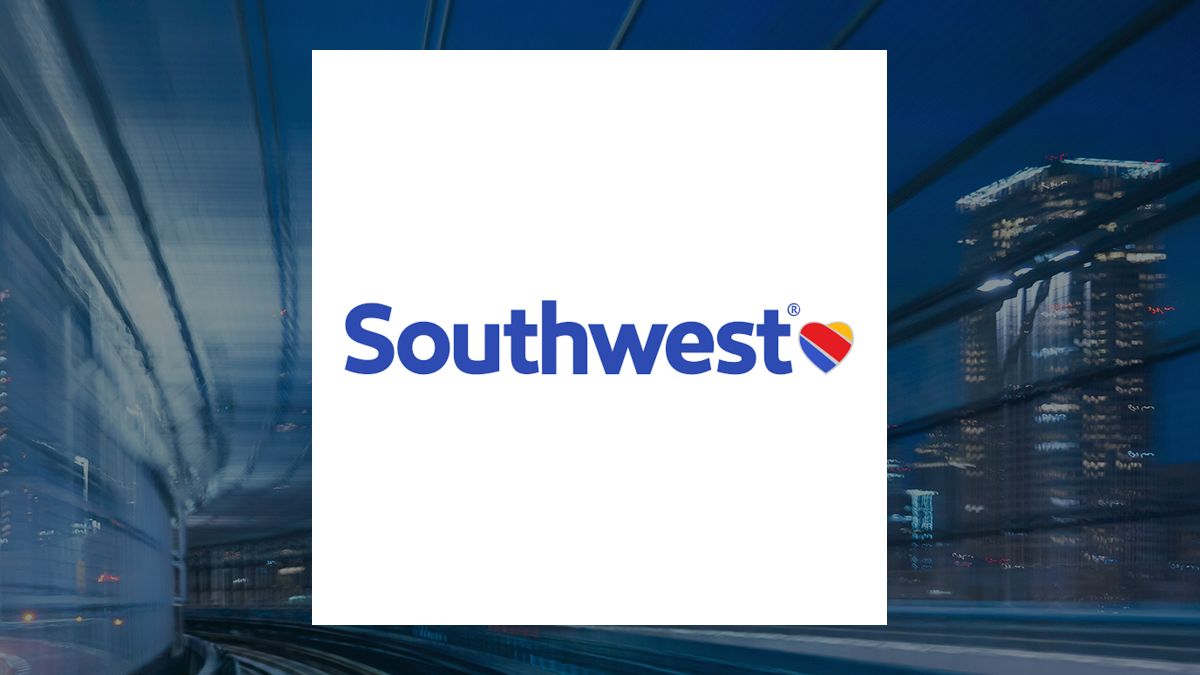 The company’s financial growth is driven by increased ticket sales and strong business revenue performance, despite rising operating expenses. Management focuses on fuel conservation, diversity initiatives, and risk assessment, including cybersecurity and legal proceedings. Key performance indicators highlight revenue growth and sustainability efforts. The company’s forward guidance includes strategic initiatives for financial results, capacity, and debt repayment, aligning with long-term growth goals. Overall, the company addresses market risks, workforce management, and sustainability to ensure future success and profitability.
The company’s financial growth is driven by increased ticket sales and strong business revenue performance, despite rising operating expenses. Management focuses on fuel conservation, diversity initiatives, and risk assessment, including cybersecurity and legal proceedings. Key performance indicators highlight revenue growth and sustainability efforts. The company’s forward guidance includes strategic initiatives for financial results, capacity, and debt repayment, aligning with long-term growth goals. Overall, the company addresses market risks, workforce management, and sustainability to ensure future success and profitability.
Executive Summary
Financials
Revenue growth has been steadily increasing over the past three years, primarily driven by higher ticket sales related to an increase in travel demand, record first quarter ancillary revenue, and higher average fares. This growth is supported by the Company’s loyalty program and strong business revenue performance. Operating expenses per ASM for first quarter 2024 increased by 1.1 percent, primarily due to higher labor costs and maintenance expenses. Salaries, wages, and benefits expense rose by 18.6 percent, driven by pay rate increases and new labor contracts. The company’s net income margin decreased to 33.3% in 2024. It is unclear how this compares to industry peers as no specific information was provided.
Management Discussion and Analysis
Management has focused on fuel conservation, emissions mitigation, and diversity, equity, and inclusion initiatives to drive growth and improve profitability. The success of these initiatives is not explicitly mentioned in the provided context. Management assesses the company’s competitive position by considering fuel hedging strategies, technology systems, third-party dependencies, infrastructure maintenance, operational disruption costs, workforce retention, and risks like terrorism and cyber-attacks. They highlight market trends such as government regulations, political instability, and war impacts. The major risks identified include fuel hedging, technology systems implementation, dependence on third parties, infrastructure maintenance, operational disruption costs, regulatory impacts, workforce retention, terrorism, and market risks. Mitigation strategies include fuel hedging program, technology infrastructure maintenance, workforce management, and regulatory compliance.
Key Performance Indicators (KPIs)
Risk Assessment
Top external factors posing risks to the company include fuel hedging strategies, information technology systems implementation, dependence on third parties, governmental regulations, legal proceedings, and potential fines. LUV assesses and manages cybersecurity risks by timely and effectively implementing information technology systems, infrastructure, and technology plans. They rely on third parties for support and take into account governmental regulations and actions to ensure the security of their digital business environment. Yes, the company faces legal proceedings, but management doesn’t expect a significant impact on finances. Liabilities are recorded when losses are likely. Management is proactive in addressing potential legal issues to protect the company’s reputation and financial position.
Corporate Governance and Sustainability
The Company’s board of directors composition is not specified in the provided context information. There are no notable changes in leadership or independence mentioned in the text. LUV addresses diversity and inclusion through its DEI Report, highlighting goals and initiatives for the future. While not specifically mentioned, there is a commitment to workforce diversity, but board diversity is not explicitly stated. LUV discloses sustainability strategies such as fuel conservation, emissions mitigation, energy and water conservation, waste minimization, and recycling. It also highlights diversity, equity, and inclusion goals and initiatives to demonstrate commitment to responsible business practices.
Forward Guidance
The company’s forward-looking guidance addresses strategic initiatives by focusing on financial results, capacity, fuel efficiency, debt repayment, and DEI goals. These align with sustainability efforts outlined in the annual report, showcasing a commitment to long-term growth and responsibility. LUV is factoring in consumer behavior, economic conditions, and socio-demographic trends into its forward-looking guidance. It plans to capitalize on these trends by making business decisions, plans, and strategies based on these market influences. Yes, the Company’s plans and expectations for capital spending guidance, particularly with respect to aircraft capital expenditures and underlying aircraft delivery expectations, demonstrate a commitment to long-term growth and competitiveness.
For more information:
This article was created using artificial intelligence technology from Klickanalytics.
